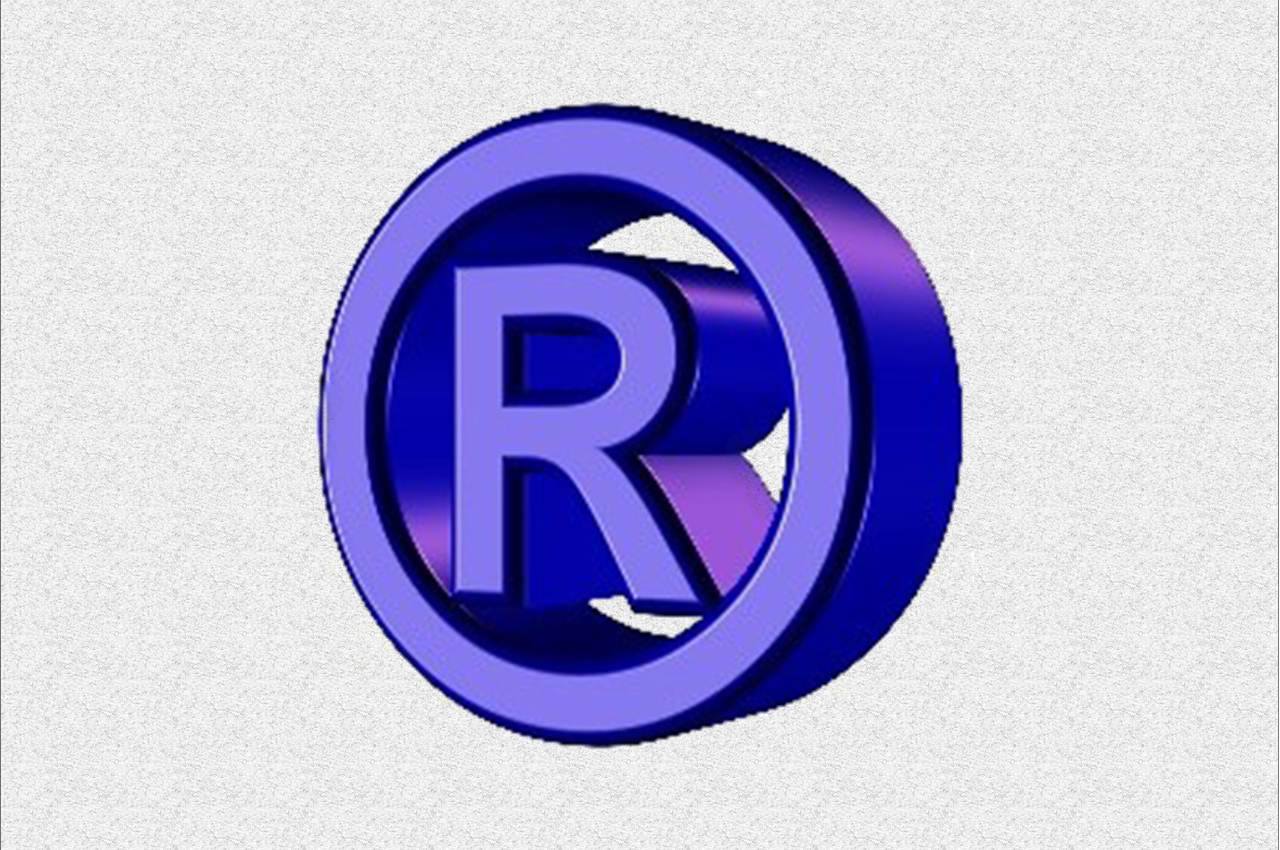Resources
Trademarkology
Issue Preclusion and Likelihood of Confusion
Less than three years ago, the United States Supreme Court issued its decision in B&B Hardware, Inc. v. Hargis Industries, Inc., 135 S. Ct. 1293 (2015), holding that so long as other ordinary elements of issue preclusion are met, when the usages adjudicated by the Trademark Trial and Appeal Board are materially the same as those before the district court, issue preclusion should apply.
As a reminder, the elements of issue preclusion are (1) that the issues in both proceedings are identical, (2) the issue in the earlier proceeding was fully litigated and decided, (3) there was a full and fair opportunity for litigation in the prior proceeding, and (4) the issue decided was necessary to support a valid and final judgment on the merits. When all elements are present, the earlier decision of the issue precludes re-litigation of it in the later proceeding.
B&B Hardware surprised trademark practitioners who had not contemplated that a TTAB case would be the basis for issue preclusion in an infringement action brought in district court. But they received some reassurance. In her concurrence, Justice Ginsburg explained that she joined the Court’s majority opinion with the understanding that issue preclusion would rarely apply because most TTAB decisions are based on a comparison of marks in the abstract. (By contrast, courts hearing infringement suits consider the marks in the context of the marketplace.)
Two of those rare cases occurred this year.
First, in Buzz Seating, Inc. v. Encore Seating, Inc., 2017 U.S. Dist. LEXIS 93002, (S.D. Ohio June 16, 2017) Buzz sued Encore, alleging that the latter’s use of FLITE with executive chairs infringes the former’s mark FLITE for use with office chairs. This suit was filed after Buzz Seating had prevailed before the TTAB in opposing registration of Encore’s application on the ground of likelihood of confusion. Buzz Seating obtained registration of FLITE for side chairs upon conclusion of the TTAB proceeding. When Buzz Seating sued for infringement, Encore Seating counterclaimed for declaratory judgment of non-infringement. Buzz Seating moved to dismiss that counterclaim on the ground of issue preclusion because of the TTAB’s decision. Encore argued there was no issue preclusion because the TTAB decision had focused on the category of goods recited in its application, whereas it was asking the court to focus on the goods actually sold. But the court did not see a material difference between the ‘office furniture, including chairs’ at issue in the TTAB proceeding and the ‘executive chairs’ it was asked to consider. Therefore, it gave preclusive effect to the TTAB decision and dismissed Encore’s counterclaim for declaratory judgment of non-infringement.
A more recent decision occurred in Cesari S.R.L. v. Peju Province Winery L.P. et al, 1:17-cv-00873 (SDNY Dec 11, 2017). Here, Cesari sued Peju Province (and co-defendants) for infringement when Peju Province continued using its mark for thirteen years after Cesari had successfully opposed registration of it before the TTAB. Before the TTAB, Cesari had opposed registration of Peju Province’s applied-for mark, LIANA, for wine on the ground of likelihood of confusion with Cesari’s mark, LIANO, which registered for use with wines just over a month before Peju Province had filed its intent-to-use application. In court, Cesari moved for partial summary judgment, seeking to preclude Peju Province and its co-defendants from re-litigating the likelihood of confusion issue decided by the TTAB. Peju Province argued that its marketplace usage differed from the description of goods in the application considered by the TTAB because it was a narrower subset (eg, wines from particular types of grapes, sold through certain trade channels, etc.). The court disagreed and found issue preclusion with respect to Peju Province, though it denied the motion with respect to the co-defendants. The court noted that because Peju Province had not offered evidence that its mark was used with respect to goods other than wines, there was no ‘usage’ that the TTAB had not considered.
These cases are worth noting because they are examples of courts applying B&B Hardware to the issue of likelihood of confusion (as opposed to a narrower issue or a factor of the likelihood of confusion analysis). In both cases, the court gave great weight to the fact that the goods at issue were identical to (or not materially different from) those at issue in the TTAB decision. As more time passes and more cases involving the actual (or potential) application of B&B Hardware arise, we will see just how rarely it is applied.
Read more from Trademarkology



